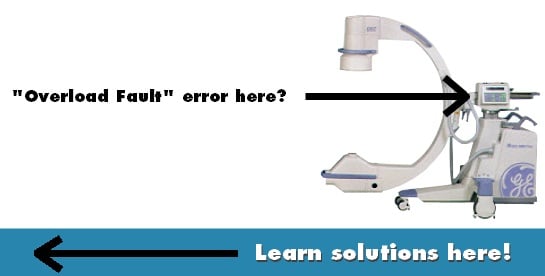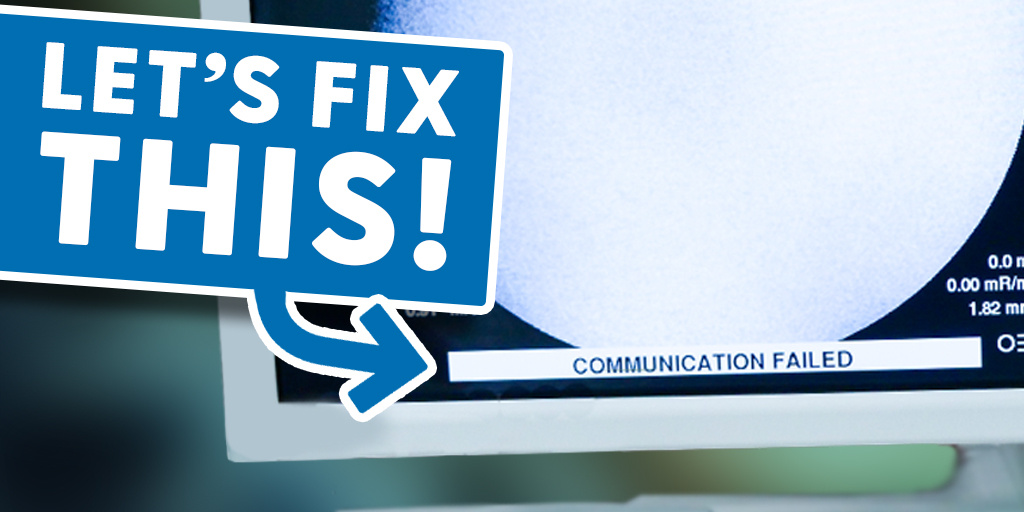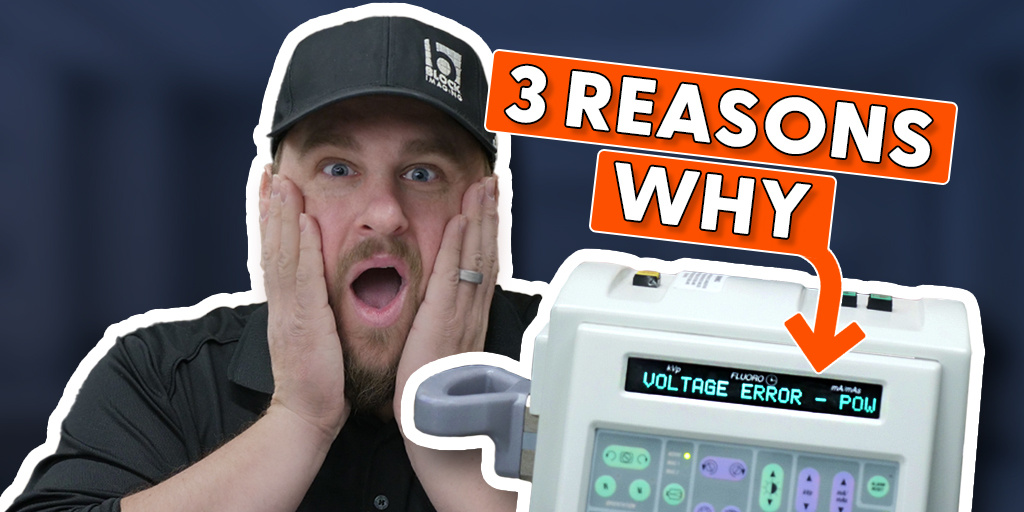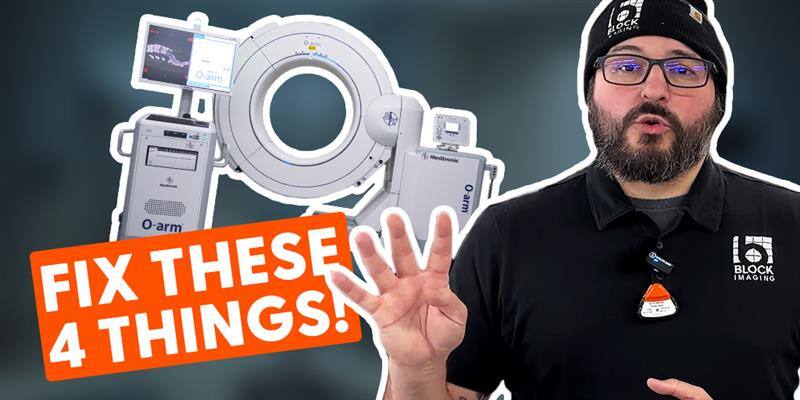
June 15, 2012 : 2 min read
Clearing the OEC 9800 Overload Fault Error
Looking for a way to rid your OEC 9800 of a pesky “overload fault” error? You’ve come to the right place.
At Block Imaging Parts & Service our C-arm engineers and Service Contract Coordinators interact with customers in crisis on a daily basis. We offer phone support and on-site visits to get broken C-arms back in action. Essentially, we help people who need to look at bones but temporarily can’t look at bones, look at bones once more.
Because anyone who’s had C-arm equipment failure would like to resolve those failures ASAP, we’d like to help you understand your problem before you call in an engineer that you’ll be paying by the hour to fix it.
The Symptoms:
- The screen may go black during exposure or reveal a diagnostically unacceptable image.
- The machine may be making a “clicking” sound
- The error message “overload fault” will appear on the C-arm’s “doghouse” display panel.
The Solution:
The clicking you’re hearing is the sound of your x-ray tube arcing. The “overload fault” error is triggered by this and may clear itself with a reboot, but this will only be a temporary fix for an issue that will worsen with time.
The ends or, “candlesticks,” of your C-arm’s high voltage cables should be re-greased and checked for carbon traces. After this, the unit will need to have a filament calibration run on it. Hopefully, this will take care of the arcing. If the filament calibration runs without further arcing, the machine is on its way to recovery.
The last step is running the tube hard to make sure the fix really solved the problem. The tube housing should be covered with lead (if the engineer doesn’t have any with him, he can wrap it in one of your operator’s aprons) and run in Max Normal, Max Boost, and Max Boost Pulse modes for about 2 minutes each. If there’s no more arcing during all that, you shouldn’t see the error or hear the clicking anymore and you’ll be able to proceed with scanning.
If the arcing continues, you may need to replace some parts in your high voltage circuit. If a problem is detected early though, you can preserve the lifespan of your parts or at least limit the damage done.
A Note of Caution:
These steps are by no means a call for users to attempt this fix on their own. Only qualified engineers should be doing this kind of work. If you are unqualified, this could result in hazards to personal safety or accidental damage to your equipment. Besides, only someone with engineer training knows how to run a filament calibration anyway.
The Takeaway:
Hopefully, should you see this error, you’ll have a better idea of what’s happening inside your C-arm and what to expect from the engineer once he arrives. In addition, you can save your site time and money by shortening the engineer’s diagnostic process.
If you have other questions about OEC 9800 C-arms or other models, Block is here to help you with the equipment you rely on for your diagnoses. Be it through sales, service, or support, we’re a resource for you.

James Porchik
James Porchik is the Field Service Engineer Manager at Block Imaging. James enjoys the growth aspect that comes in the engineering field – growth in relationships, growth in knowledge, and growth in capacity. When he is not turning the wrench, James enjoys martial arts, hiking, and listening to podcasts.





